Avatar: The Way of Water, James Cameron’s long awaited follow up to 2009’s Avatar, finally opens in cinemas in just three days! Sam Worthington and Zoe Saldaña reprise their iconic roles, playing Jake Sully and Neytiri, now loving parents doing everything they can to keep their family together. James Cameron has spent the better part of the last decade not just putting this sequel together, but plotting out, scripting, and partially shooting Avatars three through five. In this Goggler exclusive, we speak to James Cameron about how making these movies has dominated his creative life.
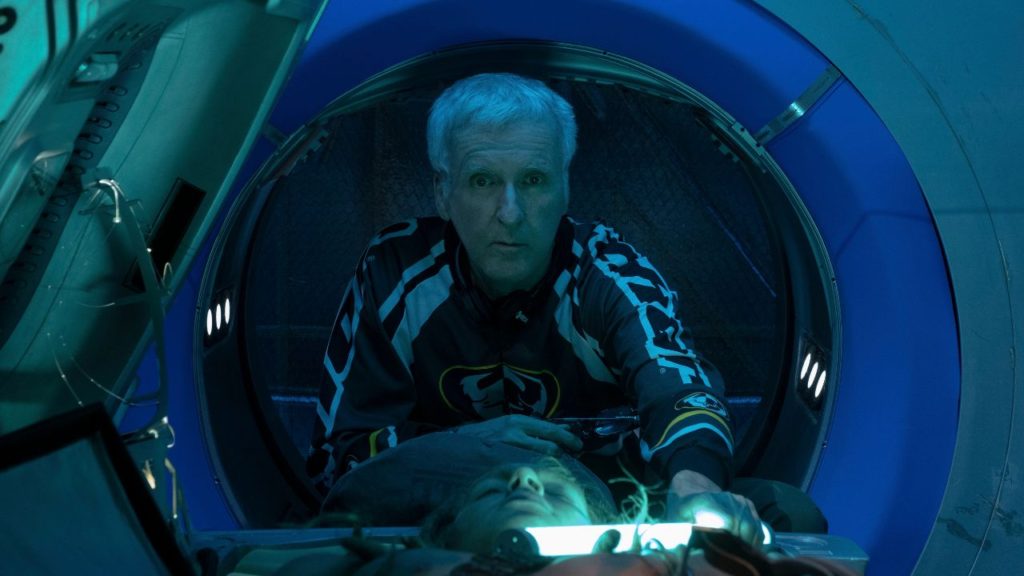
Umapagan Ampikaipakan: James, you’ve been working on Avatar for so very long now, and I was wondering what that’s like for you as a creative individual to be so focussed on one project?
James Cameron: Well, of course, Avatar is not just one thing. It’s an entire world. We have a lot of new characters. We have a lot of new creatures. There are a lot of new environments, and so on. So it’s not just one thing. It’s many thousands, even millions, of things. So it’s such a rich environment that I don’t feel constrained creatively.
So I’ve been in five years of continuous production to create all of Avatar, all of the live action shooting, and all of the capture for Avatar 3 and part of Avatar 4. So this is full immersion; full commitment. I mean, I have a lot of things that I do on the side that have to do with sustainability and ocean conservation. I’ve probably made five or six documentaries during that time, working on food and sustainability, and a lot of education projects with my wife and so on. But in terms of my focus, in terms of the big movie cinema, it has been a 100% focus in this world. And I think that’s a good thing because when you see a movie like this, you see the end result of five years of a team creating every detail down to like a fractal level. Right? Which is why it seems so rich and so real when you watch it.
JC: I know you guys have only seen pieces of the film, but you’ve seen enough to give you a sense of the fabric of the movie. You can see there’s a richness to it. What you haven’t done yet, is go on the emotional journey, which I would say is much more powerful than the first film. There’s much more of a dynamic, ups and downs, beauty, joy, darkness, tragedy. It’s a heart wrenching kind of story. It’s death. You’re definitely not expecting it based on what you’ve seen in the trailers.

UA: You’re James Cameron, you’re making a sequel to the most successful movie of all time, talk to me about some of the pressures you’ve had to work through.
JC: I think there are a lot of pressures on any filmmaker. Right? The biggest one that people rarely talk about is how to stay objective about your own film. If you work on a movie for five years, at the end of that period, can you still even look at the movie and even see it with fresh eyes? I think this is one of the hardest skills that a director needs to develop.
I think there’s also the pressure to get the film done as quickly as possible. And this is not a quick film to make. Clearly. We had 3,250 VFX shots in this movie. And just to put that in perspective, on Terminator 2, I had 42 VFX shots. So that’s an enormous pressure.
There’s the budgetary pressure. There’s the deadline pressure. And I always joke around that I eat pressure for breakfast. “Bring it on,” you know, that sort of thing. And you have to fortify yourself a little bit with that kind of mantra. Like an athlete that goes into a big game. But really, I think the truth of it is, if it wasn’t joyful, if it didn’t feed one as an artist creatively, every single day, it wouldn’t be tolerable. And I wouldn’t have done it again.
JC: The first film took four years. We spent five years making basically, let’s call it a movie and a half, because we finished Avatar 2, we shot and captured all of Avatar 3, and part of Avatar 4. These films are all written, all the way through the end of Avatar 5. So if it works out, if we prevail in this altered marketplace that we’re in right now, and we get to make them all, it’s this giant saga, and that’s quite exciting. It’s not like anything I’ve ever done before on any scale. And I mean, if you know anything about me, you know that I like challenges, right? So part of it is the fun of the challenge. Part of it is the fun of working with these amazing artists every day. And I’m talking about my design artists, my computer artists, as well as this incredible cast. And I feed on the energy of the cast and their creativity as well. So if it wasn’t a joyful process, I wouldn’t do it. I’m not doing it for the money. I don’t care about the money. I really don’t. I care about the success so that we can continue on.
UA: Just hearing you talk about it has my hair standing on end. I’m excited.
JC: Thank you so much. I hope the film doesn’t disappoint.

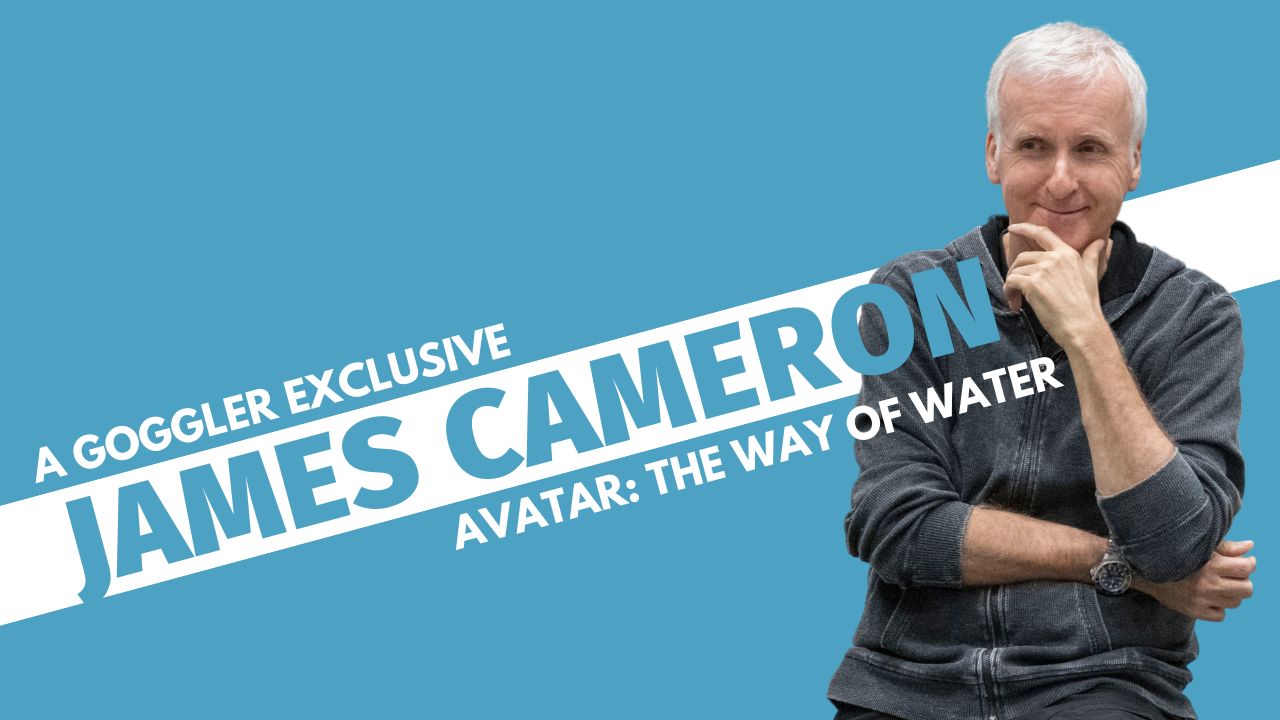
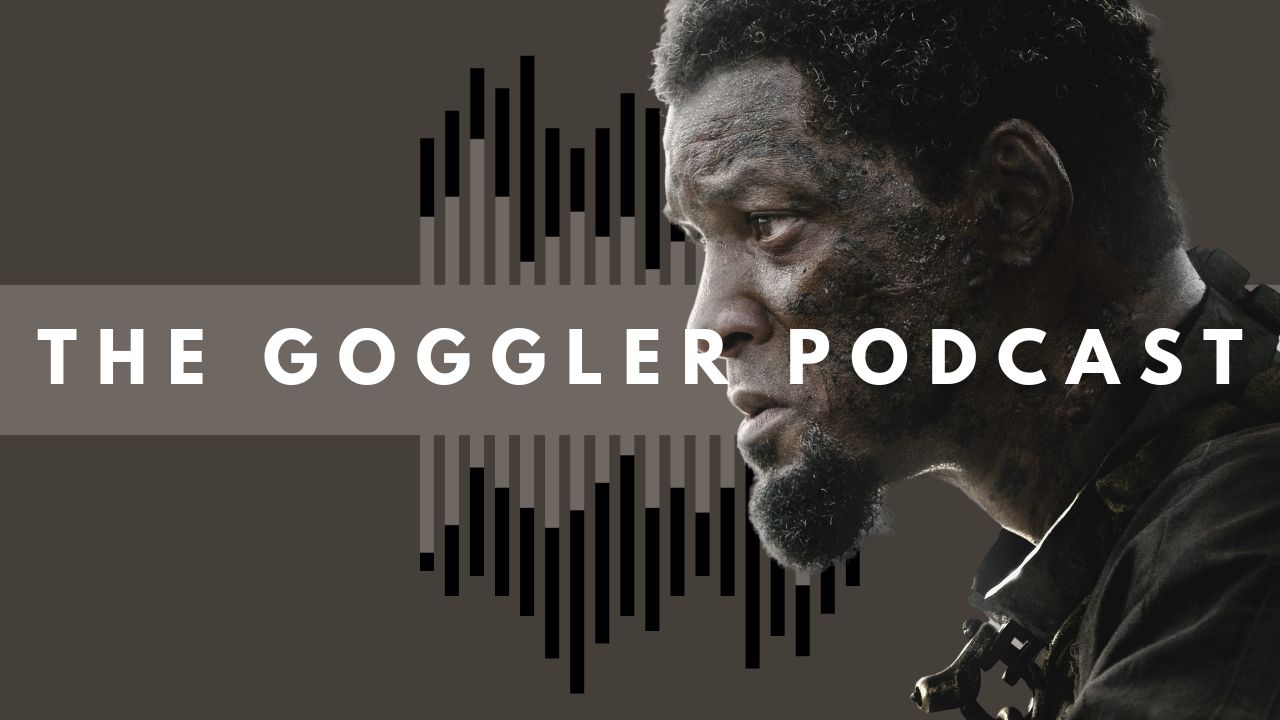

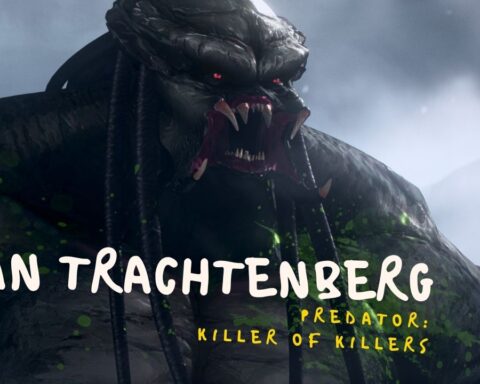
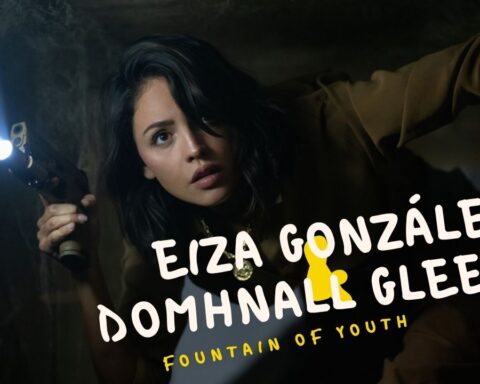
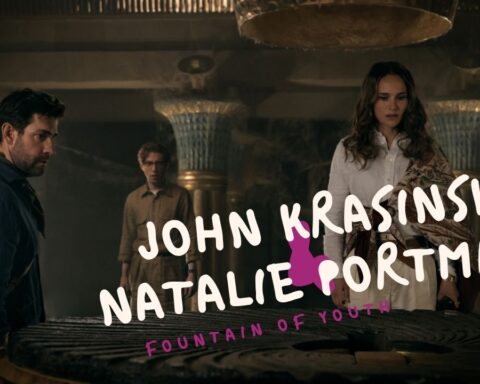
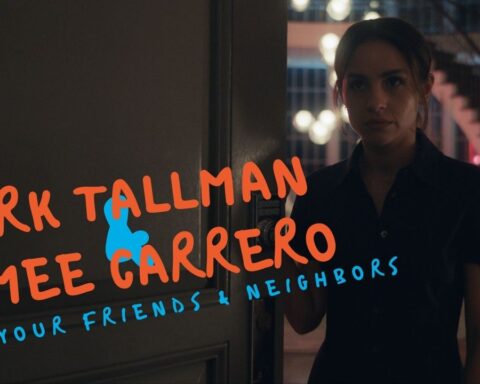
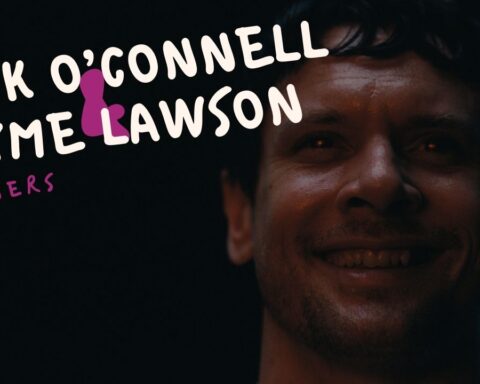
Follow Us